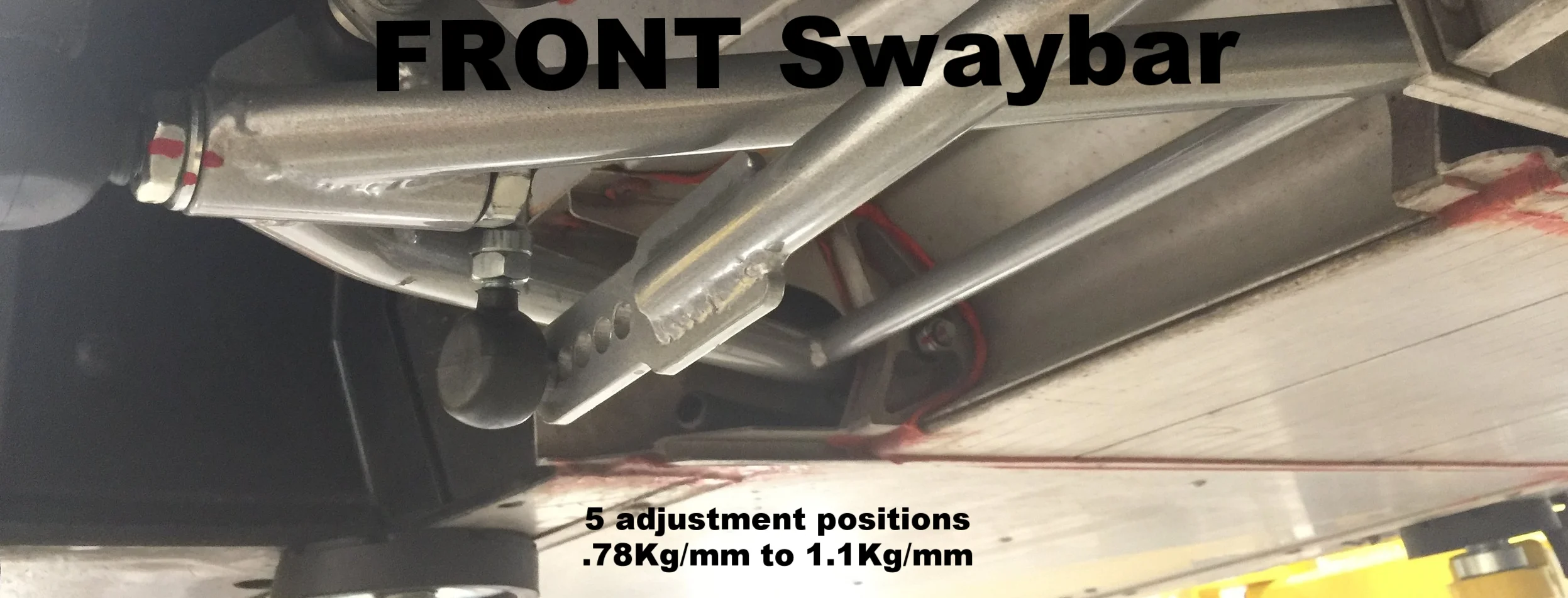We have had two S260 Exiges in the shop in the last month. Both cars have suffered from poor shifting. The shifts were very stiff and somewhat vague. Even when we compared them to a bone stock '05 Elise that we have, the shift action was clearly off. We found that each was suffering from the same issue. It appears the factory subframe stiffener can crush the cables (one or both)during undertray installation.

These detailed images show the damage. Once the cable housing has been crushed, the action of the cable is compromised and becomes very stiff.


We found that pushing the cables out of the way during the undertray installation could provide enough clearance. Though the proper fix would be to move one of the cable routing brackets - which requires removing the sheer panel and drilling new holes.
Here is another installation tip from an S260 Owner.
...When you reinstall the lower pan, remove the NACA duct so that you can reach in and pull the cables to the far left. Then push the pan up and secure it with the nearest bolt. This will hold the pan in place and not allow the cables to get pinched. If you do not do this, you actually risk tearing the sheathing on the cable.
-Eldon
Both clients opted to get our cables as the cable housing had also begun separating. The shifting action is greatly improved now as well.
If you have a car with a factory subframe stiffener, check your cables to ensure they are not getting crushed. If they are, give us a call and we can help get you sorted!






















